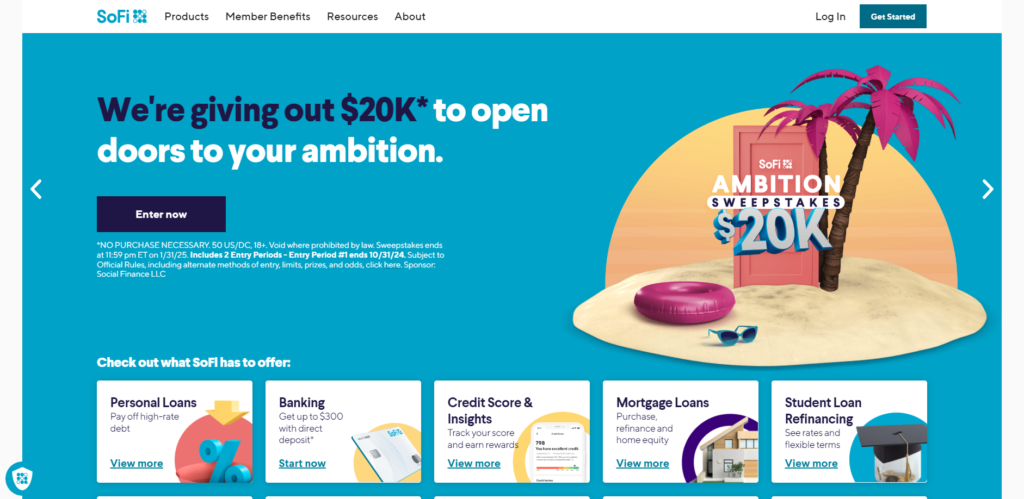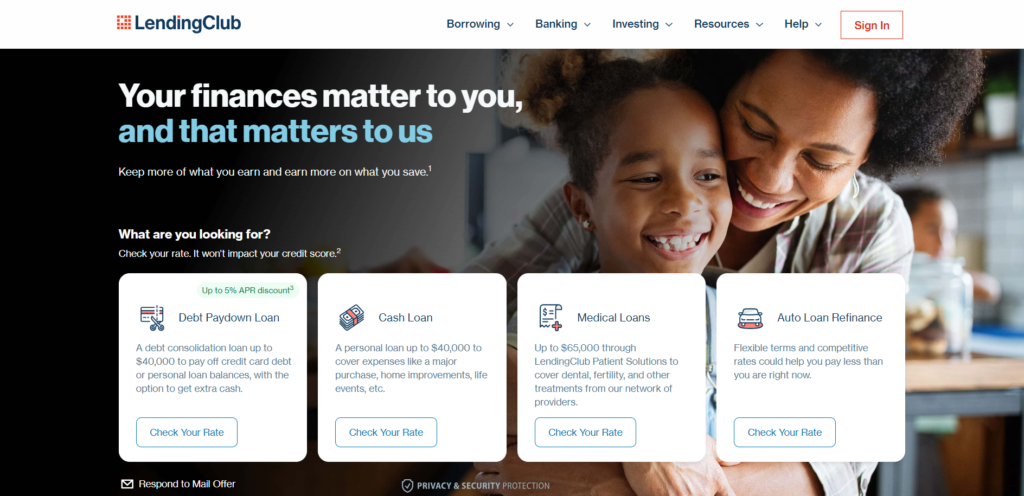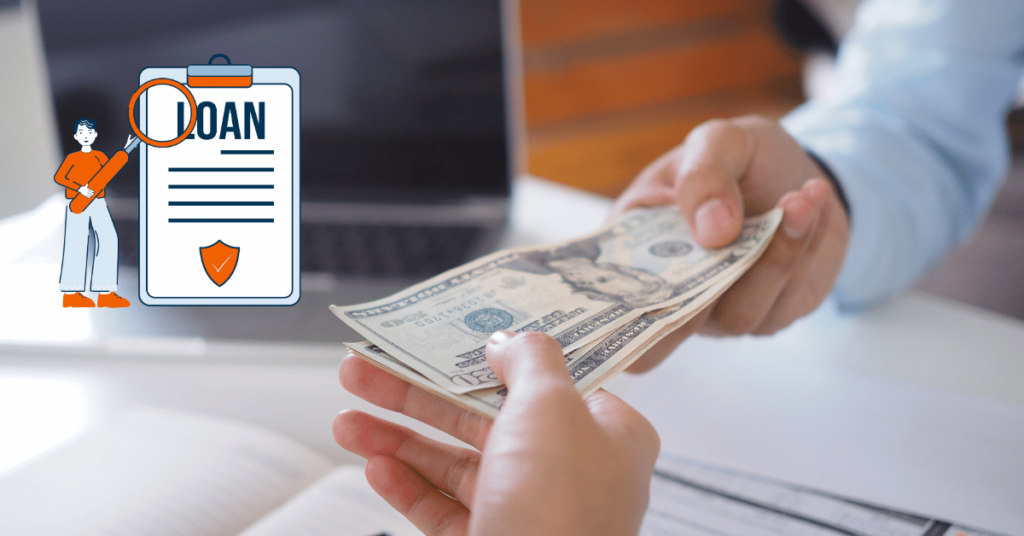Freelancing can be rewarding, but it comes with financial challenges. Unlike traditional employees, freelancers often deal with inconsistent income, making it harder to qualify for loans.
In 2024, however, several lenders understand the needs of freelancers and offer personal loans tailored to them.
In this article, we’ll look at the best personal loans for freelancers, what to consider before applying, and how to choose the right loan for your situation.
What is a Personal Loan for Freelancers?
A personal loan for freelancers works just like any other personal loan but is specifically designed for those who don’t have a regular, salaried job. Freelancers may need personal loans to:
- Cover gaps in income between projects
- Fund business expenses like equipment or software
- Consolidate high-interest debts
- Pay for emergencies or unexpected expenses
Freelancers often struggle with getting approved for loans because of irregular income and difficulty proving earnings. However, many lenders now offer flexible options for gig workers, taking into account alternative ways to verify income.
What to Consider When Choosing a Personal Loan
Before diving into the best personal loans, it’s important to understand the key factors freelancers should consider when applying for a loan:
1. Income Verification
Freelancers may not have pay stubs or W-2s, which traditional employees use to prove their income. Instead, lenders might accept:
- Bank statements showing regular deposits
- Tax returns (typically for the past two years)
- Contracts or invoices from clients
Make sure to check what kind of income documentation the lender requires before applying.
2. Interest Rates
Interest rates can vary widely depending on the lender and your credit score. Some lenders might offer competitive rates even if your credit score isn’t perfect, while others may charge higher rates for freelancers. Always compare interest rates before deciding.
3. Loan Terms
The loan term refers to how long you’ll have to repay the loan. Common terms range from 12 months to 5 years. Shorter terms mean higher monthly payments but lower overall interest costs, while longer terms mean lower monthly payments but higher interest costs over time.
4. Fees
Some loans come with origination fees (a fee for processing the loan), prepayment penalties (a fee for paying off the loan early), or other charges. Be sure to ask about all possible fees before you commit to a loan.
Best Personal Loans for Freelancers
1. SoFi

SoFi is known for offering personal loans with no fees, which is great for freelancers. They accept alternative forms of income verification, like bank statements and tax returns, which makes it easier for freelancers to qualify.
- Loan Amount: $5,000 – $100,000
- Interest Rate: 7.99% – 23.43% APR
- Loan Term: 2 to 7 years
- Benefits: No fees, flexible terms, and they offer unemployment protection, meaning they’ll pause your payments if you lose your income.
2. LendingClub

LendingClub is a peer-to-peer lender, which means they connect borrowers with individual investors. They’re a good option for freelancers who might have a lower credit score.
- Loan Amount: $1,000 – $40,000
- Interest Rate: 8.05% – 35.89% APR
- Loan Term: 3 or 5 years
- Benefits: Flexible credit requirements, fast approval process, and good for debt consolidation.
3. Upstart

Upstart looks at more than just your credit score. They take into account your education, job history, and even the field you work in. This is a big advantage for freelancers who may not have a long credit history.
- Loan Amount: $1,000 – $50,000
- Interest Rate: 6.7% – 35.99% APR
- Loan Term: 3 to 5 years
- Benefits: No minimum credit score required, fast funding, and flexible criteria for approval.
4. Earnest

Earnest offers customizable personal loans with competitive rates. They have flexible repayment options, which is perfect for freelancers with fluctuating income.
- Loan Amount: $5,000 – $75,000
- Interest Rate: 5.99% – 19.99% APR
- Loan Term: 3 to 5 years
- Benefits: No fees, flexible payment schedule, and no late fees if you miss a payment.
How to Apply for a Personal Loan as a Freelancer
Applying for a personal loan as a freelancer can be a bit different from traditional loan applications. Here’s a simple step-by-step guide:
1. Prepare Your Financial Documents
Since freelancers don’t have traditional pay stubs, you’ll need to provide other forms of income verification. This could include:
- Last two years of tax returns
- Recent bank statements
- Contracts or invoices from clients
2. Check Your Credit Score
Your credit score plays a big role in determining your loan eligibility and interest rate. Make sure to check your score and try to improve it if necessary.
3. Shop Around for the Best Rates
Different lenders offer different rates and terms. It’s important to compare at least 3-4 lenders to find the best deal.
4. Submit Your Application
Once you’ve chosen a lender, gather all the required documents and submit your application online or in person. Most lenders offer a quick approval process, and you can receive the funds within a few days.
Final Thoughts
Freelancers may face unique challenges when it comes to securing personal loans, but there are plenty of options available in 2024. By focusing on lenders that offer flexible income verification and favorable terms, freelancers can find the financial support they need to grow their business, cover emergencies, or consolidate debt.
When choosing the best personal loan, consider your income stability, credit score, and the loan’s interest rates and terms. Always shop around to find the best deal that fits your financial needs.
If you have any questions feel free to comment down below. We are always here to guide you!




